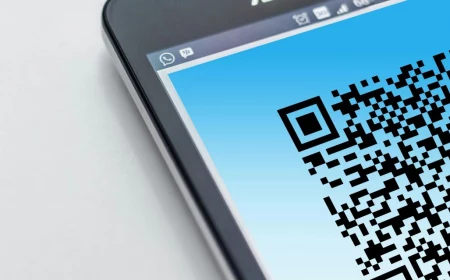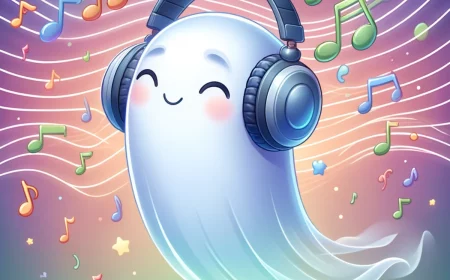Stuck on What to Say to a Sick Friend? Here’s How to Genuinely Help
I still remember standing in a bland hospital room, feeling totally and completely useless. My friend was laid up after a bad accident, the only sound was the steady beep of a machine next to his bed. I’d brought a card, but the pre-printed ‘Get Well Soon!’ felt like a joke. When I tried to say something encouraging, the words just… died in my throat. All the classic lines felt so hollow and fake. I ended up mumbling something awkward and leaving feeling like I’d totally failed him.
In this article
- Why Your Words Are More Powerful Than You Think
- The Most Important Step: A 30-Second Gut Check
- A Simple 4-Step Blueprint for Your Message
- How to Actually Help (Beyond Just Words)
- Text, Card, or Call? Picking the Right Way to Reach Out
- Words That Backfire (and What to Say Instead)
- Don’t Forget the Caregiver
- Heads Up: What If They Don’t Reply?
- Your Turn: Perfection Isn’t the Goal
- Inspirational Gallery
Honestly, that moment changed things for me. It kicked off a long journey to figure out how to use simple words to build a real connection when someone feels completely alone. It’s not about finding some magic phrase that fixes everything. It’s about learning the craft of showing up for people. This is the stuff I’ve learned along the way, a practical guide for anyone who’s ever been in that quiet room, wanting to help but having no idea what to do.
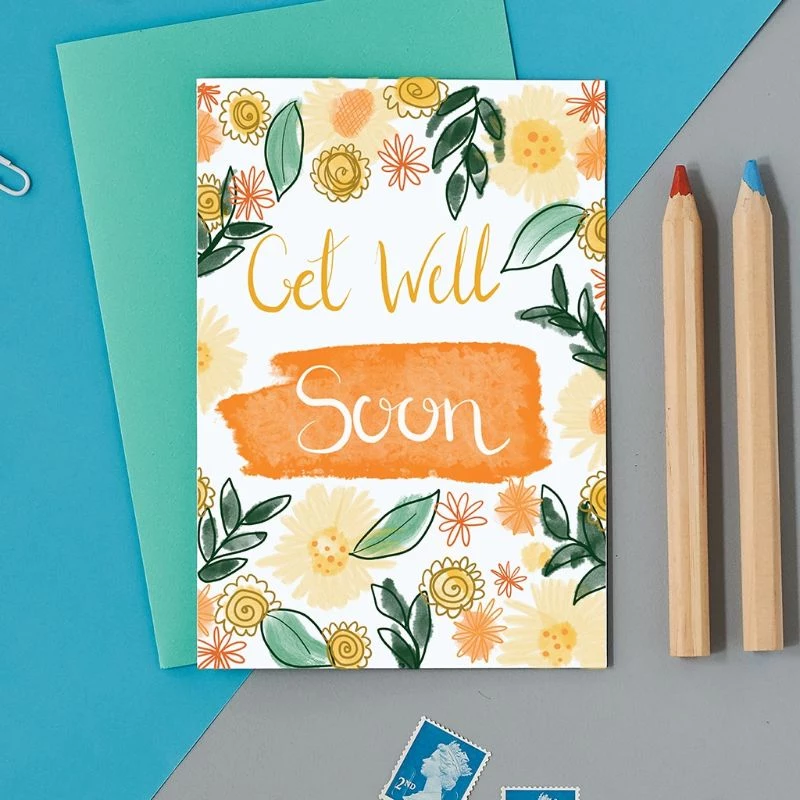
Why Your Words Are More Powerful Than You Think
Before we get into the nuts and bolts, let’s talk about why this even matters. Being sick is incredibly isolating. The world keeps spinning, but for the person recovering, life has slammed to a halt. It creates this huge gap, and feelings of boredom, fear, and being forgotten can easily creep in. When you send a message, you’re not just being polite—you’re building a bridge over that gap.
Think about it: the stress of being unwell is tough on the body. A genuine, heartfelt message can actually help counteract that. It tells them, “Hey, you’re not alone. We’re still thinking of you.” That feeling of connection is a powerful antidote to loneliness. Your goal isn’t to be a world-class poet; it’s to be a simple, tangible reminder that somebody cares.
The Most Important Step: A 30-Second Gut Check
The biggest mistake people make is firing off a generic message without thinking. Before you type a single word, take a quick second to consider the situation. It makes all the difference.
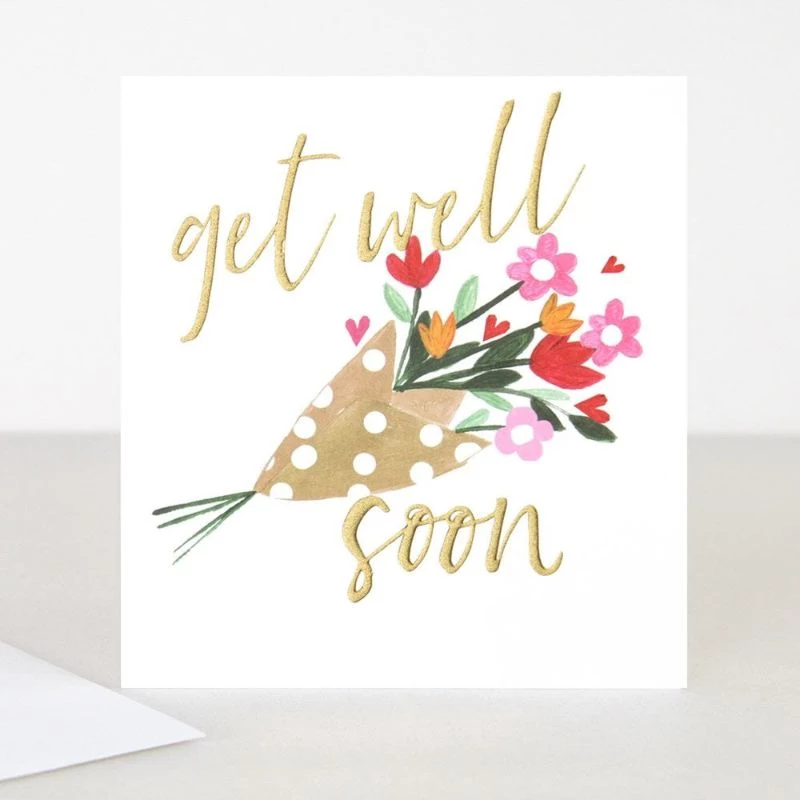
- Your relationship matters. What you’d say to your sister is totally different from what you’d say to your boss. Let your closeness guide your tone.
- What’s their personality? Are they super private and would hate a public social media post? Do they have a dark sense of humor, or are they more on the sincere side? A funny meme can be an amazing gift, but only if it lands right.
- What’s the situation? A broken arm is a world away from a serious, long-term diagnosis. For short-term stuff, you can be more forward-looking. For chronic or serious illness, it’s often better to focus on the present moment.
This quick check prevents you from sending a well-meaning message that feels completely tone-deaf. A bubbly, cheerful text might be jarring to someone in serious pain, you know?
A Simple 4-Step Blueprint for Your Message
I’ve found that the best, most effective messages usually follow a simple, four-part structure. It’s not a rigid formula, but it’s a reliable framework that takes the guesswork out of what to say.

1. Acknowledge Their Situation Simply: Start by gently mentioning what they’re going through. No drama needed. Simple and direct is best. (e.g., “I was so sorry to hear you’re in the hospital,” or “Heard about your surgery and have been thinking about you.”)
2. Share a Positive Memory or Quality: This is the secret sauce. Remind them of who they are outside of being a “patient.” (e.g., “The office has been way too quiet without your laugh,” or “I was just thinking about that hike we took and how you crushed it. You’ve got so much strength.”)
3. Offer Specific, Practical Help: The phrase “let me know if you need anything” is nice, but it puts the work on them. A concrete offer is a thousand times more helpful. (More on this in a second!)
4. Close with Simple Warmth: End with something simple and sincere. (e.g., “Thinking of you,” or “Wishing you a peaceful rest and recovery.”)
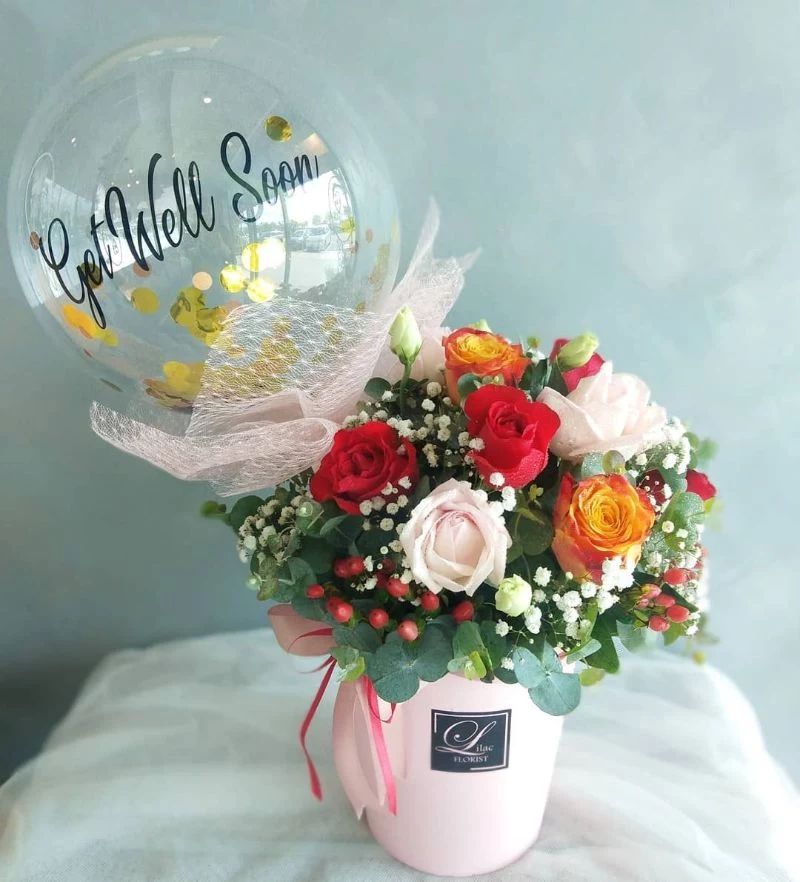
See how that works? Let’s look at a quick before-and-after.
Before: “Hey, get well soon!”
After (using the framework): “Hey, I was so sorry to hear about your surgery. Just wanted to say I’m thinking of you. The team really misses your sharp eye on the new project. I’m making a grocery run on Wednesday—text me a list if you need anything at all. Wishing you a smooth recovery!”
The difference is huge, right? One is a platitude, the other is a genuine connection.
How to Actually Help (Beyond Just Words)
Okay, let’s double down on Step 3, because it’s where you can really make an impact. Instead of a vague offer, get specific. And remember, only offer what you can truly follow through on!
Here are some ideas, from tiny gestures to bigger ones:
- 5-Minute Offers: These are quick and easy. “I’m dropping off a coffee for myself, can I grab one for you?” or sending a funny meme with the text, “Thought you could use a laugh.”
- Practical Errands: Think about the little life-admin tasks that are impossible when you’re sick. Offer to walk their dog in the afternoon, pick up their mail, or grab a few essentials from the grocery store.
- Food, the Right Way: Instead of just showing up, try: “I made a big batch of soup. Can I drop a container on your porch tomorrow around 5? No need to answer the door!” Or, even better, organize a food schedule using a free site like Meal Train so they don’t get five lasagnas in one day. A gift card for a food delivery service like DoorDash or Uber Eats (around $25-$50) is also a fantastic, low-pressure option.
- Support for the Family: Don’t forget their partner or kids! Offering to drive their kid to soccer practice or watch the kids for two hours so the caregiver can have a break is an incredible gift.
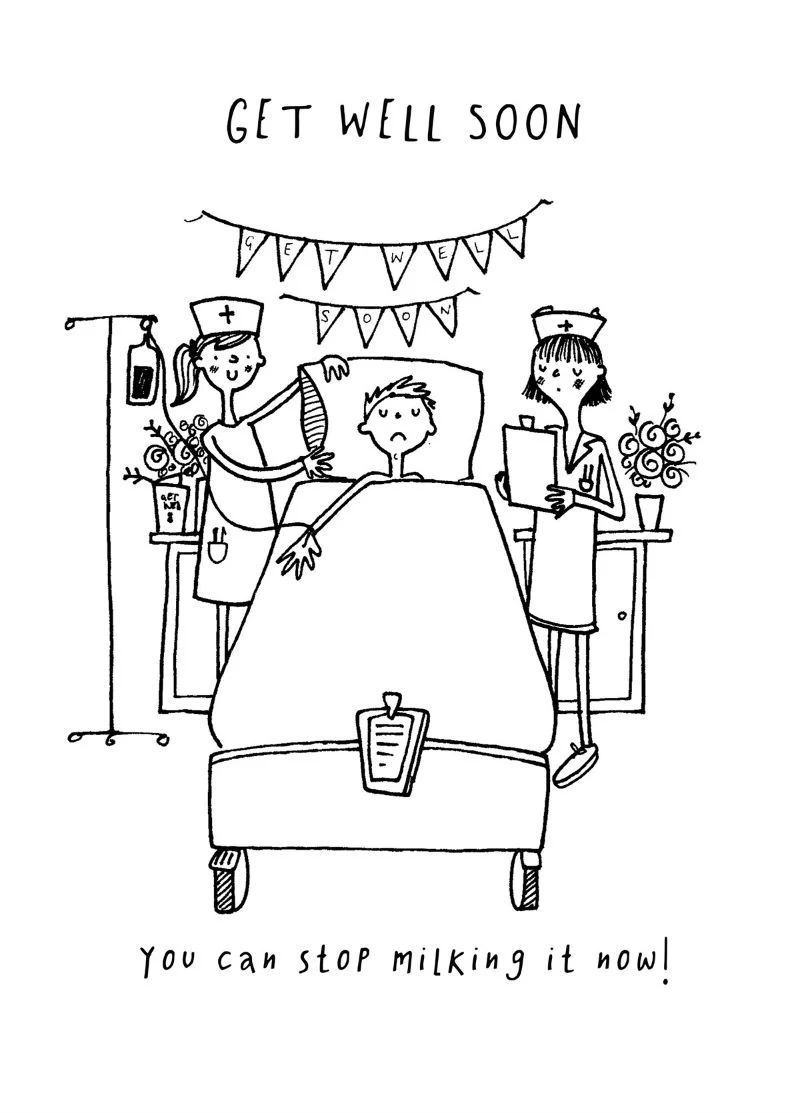
Text, Card, or Call? Picking the Right Way to Reach Out
The how you send your message is just as important as the what. Each method has a different vibe.
A Text Message: This is my go-to for most situations. It’s low-pressure, they can read it whenever they have a spare moment, and they don’t feel obligated to reply immediately. It’s perfect for a quick, “Just thinking of you today.”
A Physical Card: Don’t underestimate the power of a card! In a digital world, something they can hold and re-read is special. It shows extra effort. Pro tip: Skip the generic drugstore cards and check out a site like Etsy for something more unique and personal—you can find beautiful, simple ones for under $7.
A Phone Call: This is the most intimate, but it also requires the most energy from them. Only call if you know them well and are pretty sure they’ll be up for a chat. A good approach is to text first: “Hey, thinking of you. Would you be up for a quick call later today, or is rest better? No pressure either way!”
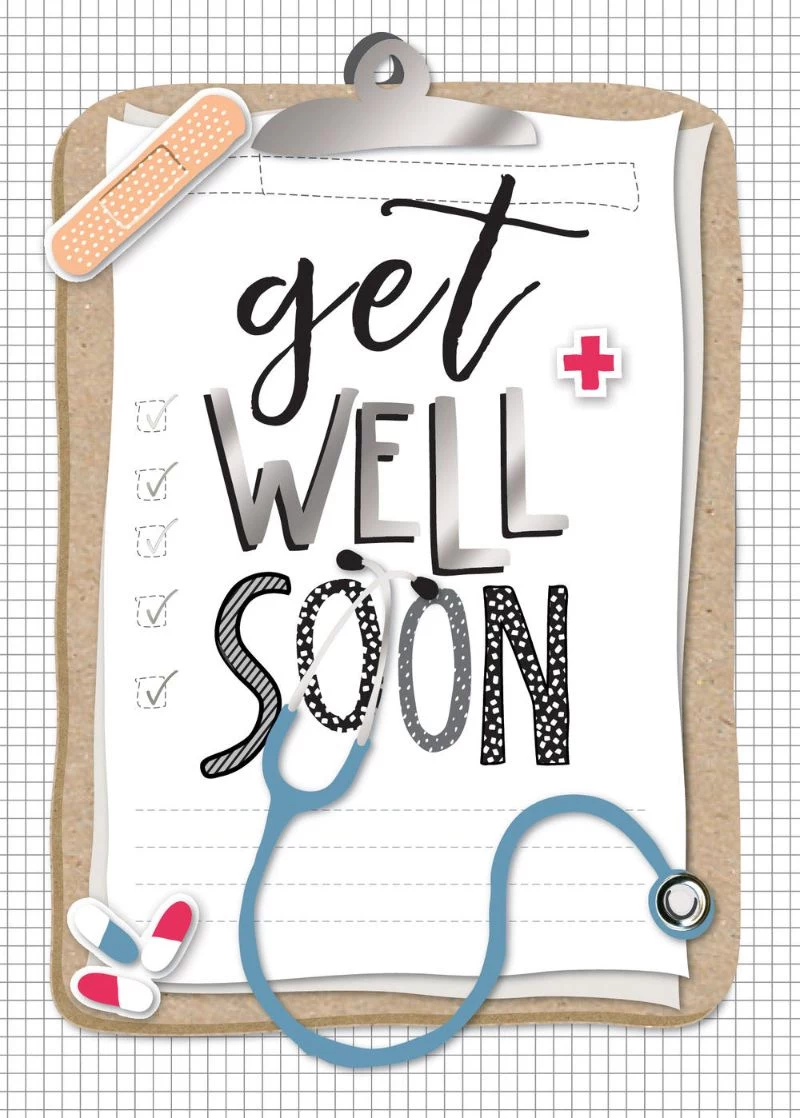
A Social Media Post: Be careful with this one. For a minor thing like a broken leg, a cheerful message on their wall might be fine. But for a serious or private health issue, a public post can feel like an invasion of privacy. When in doubt, always default to a private message.
Words That Backfire (and What to Say Instead)
With the best intentions, we can sometimes say things that add to the burden. Being mindful of these common traps is a game-changer.
Instead of saying: “I know exactly how you feel.”
Try this: “I can only imagine how tough this must be.”
Why it works: You’re showing empathy without hijacking their unique experience. Unless you’ve been in their exact shoes, you really don’t know how they feel, and saying you do can feel dismissive.
Instead of saying: “Everything happens for a reason.”
Try this: “This is so unfair, and I’m sorry you’re going through it.”
Why it works: Trying to find a silver lining can feel like you’re excusing their pain. Sometimes, the most validating thing to hear is that the situation just sucks. Period.
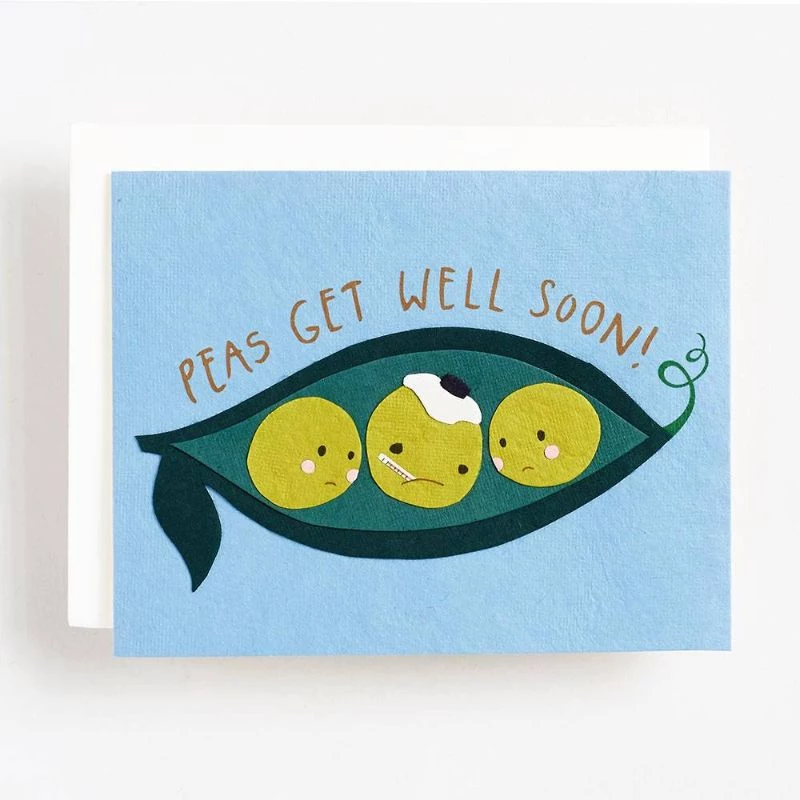
Instead of saying: “You’re so strong! You’re a fighter!”
Try this: “I’m wishing you strength and peace for the days ahead.”
Why it works: Calling someone a “fighter” can create pressure. It makes them feel like they can’t have a bad day or admit they’re scared. A gentle wish offers support without expectation.
And a big one: NEVER offer unsolicited medical advice or stories about “your cousin who had the same thing and tried this weird tea.” Your job is emotional support, not medical consultation. Leave that to the pros.
Don’t Forget the Caregiver
Often, the person doing all the supporting gets completely overlooked. Caregivers are running on empty, and a small gesture for them can be a lifeline.
Reach out to them directly. A simple text like, “I’m thinking of you, too. I know how much you’re juggling. You’re doing an amazing job,” can mean the world. Even better, offer them specific respite. “I’m free on Saturday afternoon. Can I come sit with [Name] for two hours so you can get out of the house? Go take a nap, see a movie, do whatever you need.” That’s a gift of pure gold.
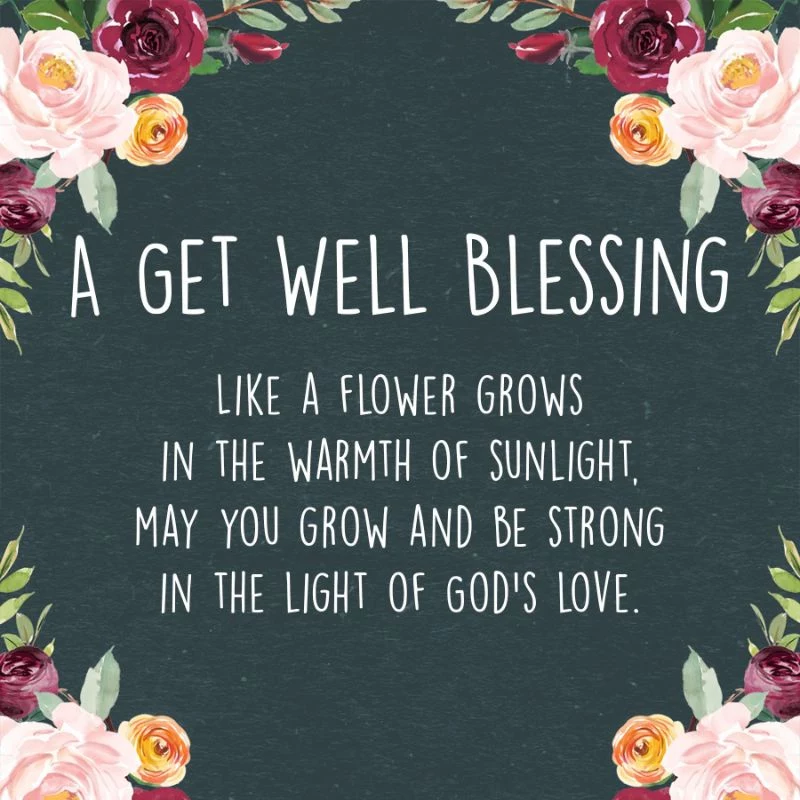
Heads Up: What If They Don’t Reply?
This is a huge fear that stops people from reaching out. You send a thoughtful text… and get nothing back. It’s easy to spiral and think you said the wrong thing. Don’t.
To be frank, they are exhausted. The energy it takes to reply to messages can be overwhelming. They might be in pain, sleeping, or just plain tired of talking about their health. Your message was almost certainly received and appreciated. A lack of a reply isn’t a rejection—it’s a sign they’re using their limited energy to heal. Keep sending low-pressure support without expecting anything in return.
Your Turn: Perfection Isn’t the Goal
Look, mastering this isn’t about finding some perfect, life-altering phrase. It’s simply about choosing connection over silence. It’s about showing up, thoughtfully and sincerely, for the people in your life.
So here’s a little challenge: Think of one person right now who could use some support. Use that 4-step framework and send them a quick text. It’ll take you two minutes, but the feeling of being seen and cared for will last them all day. Your simple, heartfelt message does more good than you can ever know.
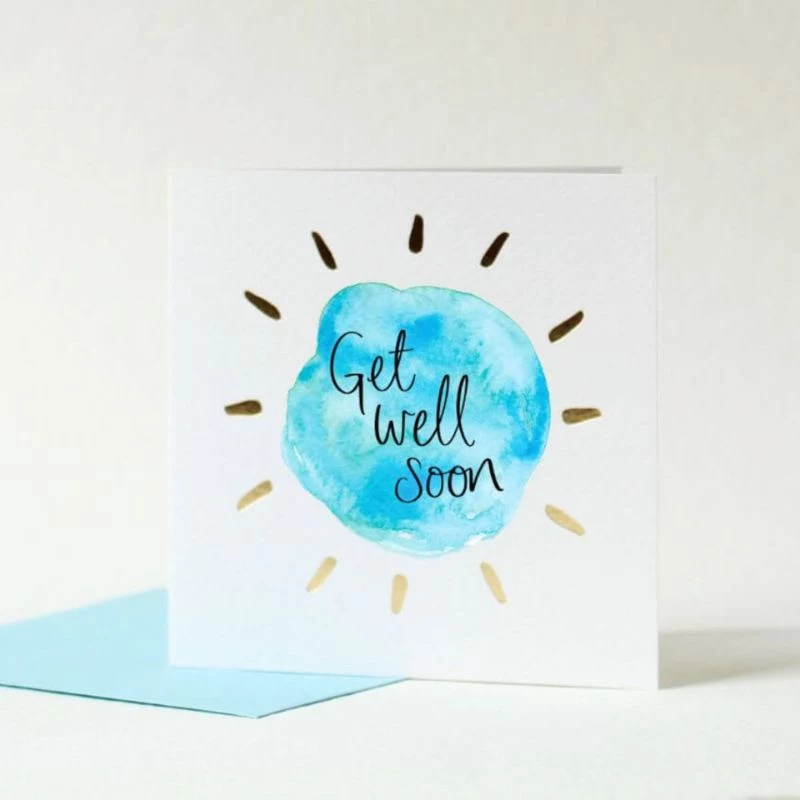
Inspirational Gallery
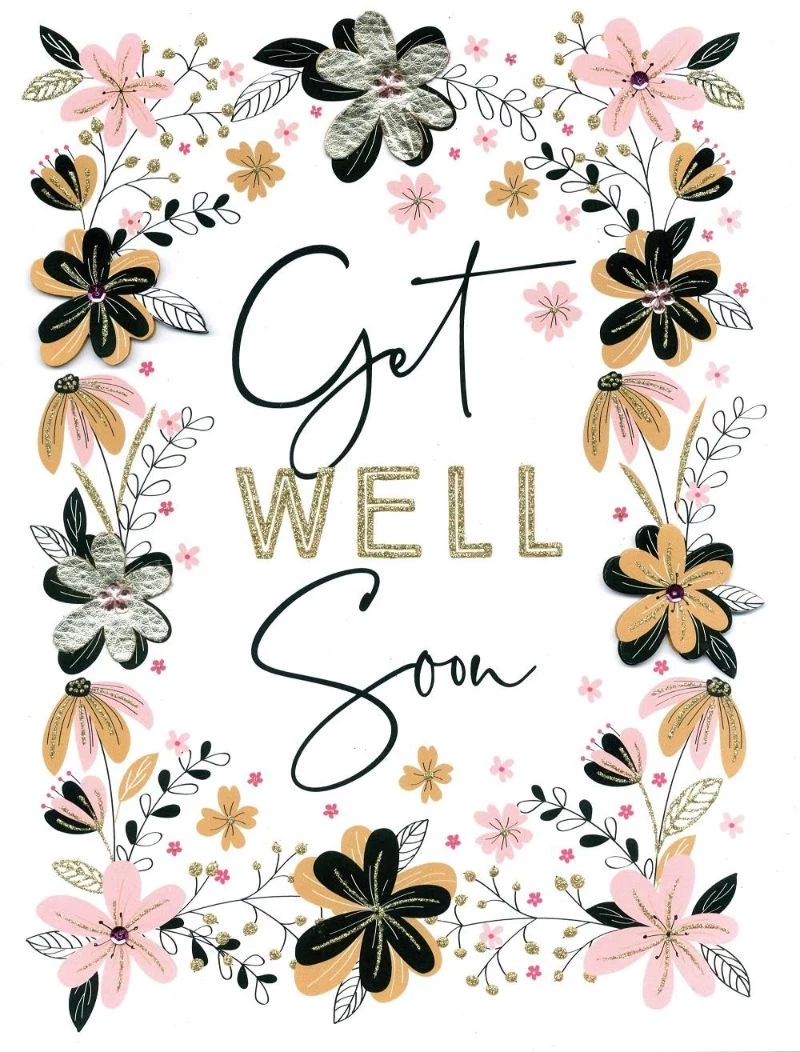
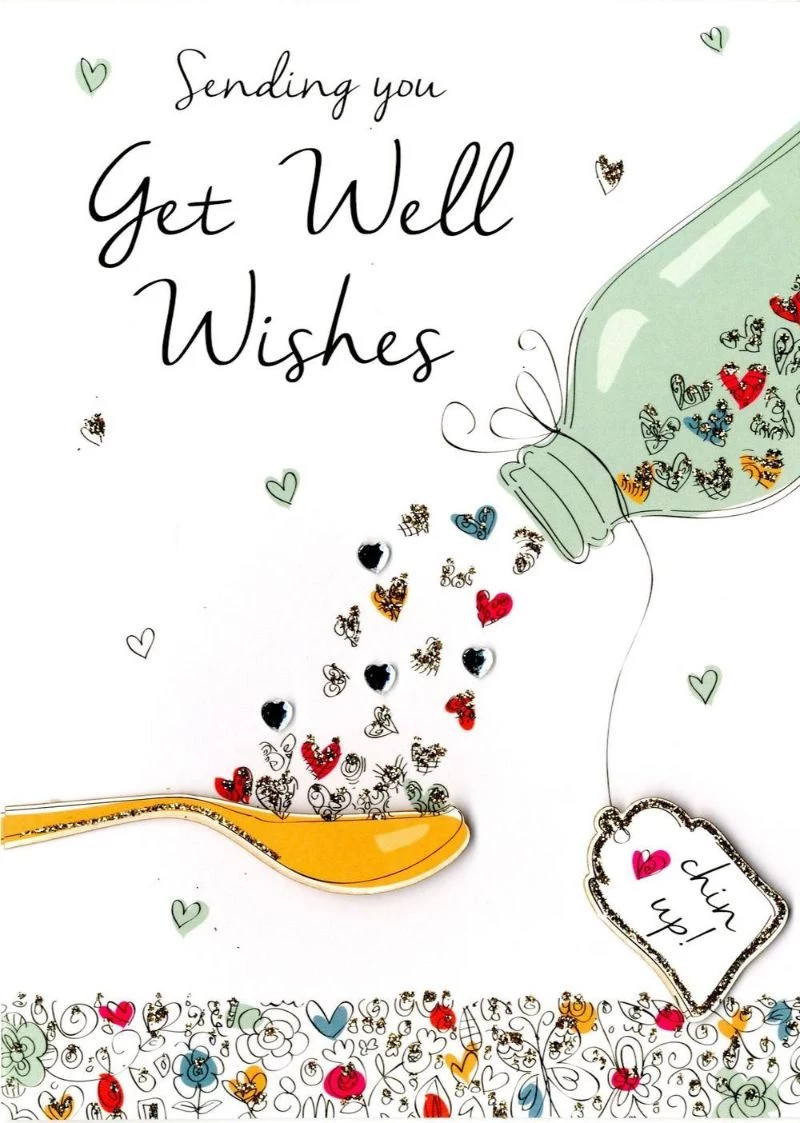
The Empty Offer: “Let me know if you need anything!” While well-intentioned, this puts the burden on the sick person to ask for help, which many are reluctant to do.
The Concrete Offer: “I’m running to the grocery store tomorrow afternoon, can I pick up some essentials for you?” or “I have a free hour on Wednesday to walk your dog.”
This specificity removes the guesswork and makes it infinitely easier for your friend to accept the help they truly need.
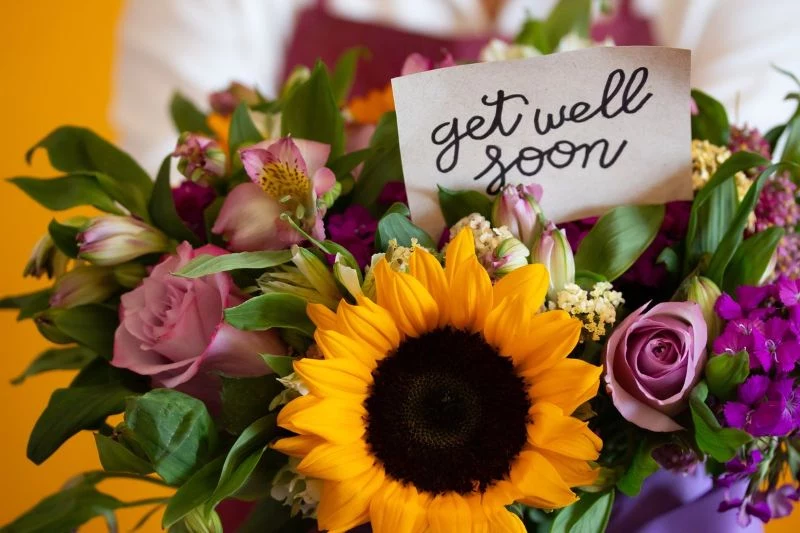
A 2019 study published in *The Lancet* highlighted that social isolation can increase the risk of premature mortality, rivaling risk factors like smoking and obesity.
This isn’t just about feelings; it’s about health. When you consistently check in on a friend, you’re not just brightening their day—you’re providing a tangible buffer against the profound stress of loneliness that can accompany illness. A simple, regular message becomes a vital part of their support system.
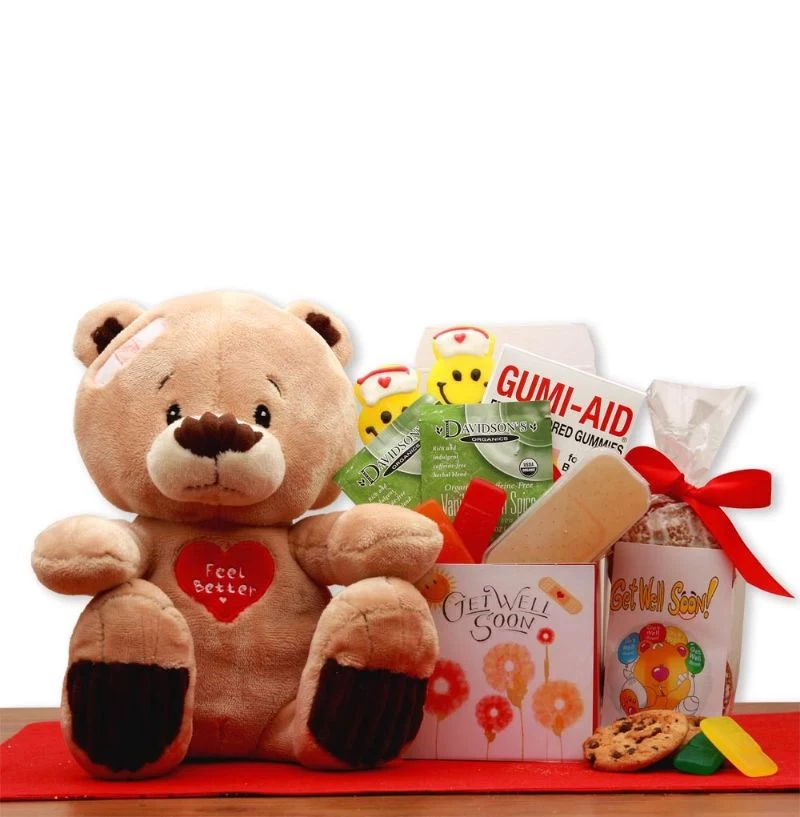
What if my friend is too tired to talk or text back?
That’s completely normal. The key is to offer passive, no-pressure forms of connection. Curate a gentle playlist on Spotify with calming instrumental music. Start a group chat with a few close friends dedicated solely to sharing funny memes or old photos. Or, use a service like Audible to gift them an audiobook—it provides distraction and company without requiring any energy on their part.
- Keep them in the loop with low-stakes gossip.
- Share a photo of your pet or a beautiful sunset.
- Remind them of a funny shared memory.
- Tell them you’re watching their favorite show and thinking of them.
The goal? To send a little piece of the outside world that says, “Life is still happening, and you are still a part of it.” These small dispatches are powerful anchors to normalcy.
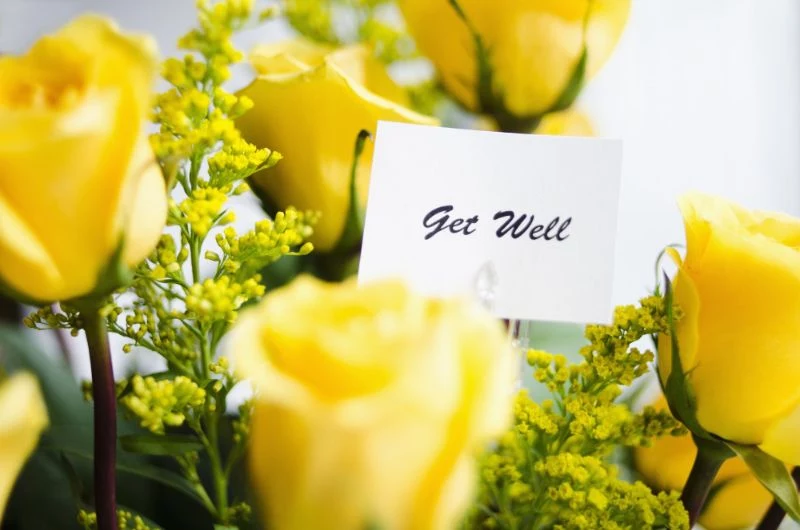
Sometimes, the most practical gift has nothing to do with flowers or balloons. Consider a care package focused on pure comfort. Think of items that soothe the senses: a ridiculously soft throw blanket (brands like Barefoot Dreams or ChappyWrap are famously cozy), a calming pillow spray with lavender, a high-quality lip balm, and a pack of gourmet teas. It’s a hug in a box.
Don’t be afraid to just listen. You don’t have to have the answers.
Often, the greatest gift is simply allowing your friend to vent without judgment. Resist the urge to offer solutions or silver linings. Phrases like, “That sounds incredibly frustrating,” or “I’m so sorry you’re going through that,” validate their experience and create a safe space for them to be honest about how they truly feel.
For a prolonged illness, a one-off text can get lost. Consider creating a system. A website like Meal Train or CaringBridge allows a wider circle to coordinate practical support like meals, childcare, or errands. This centralizes help, prevents the patient from being overwhelmed with individual offers, and lets everyone see what is genuinely needed.
Important note: Avoid making it about you. Steer clear of detailing your own (or someone else’s) similar medical story unless specifically asked. While you might be trying to relate, it can unintentionally shift the focus and minimize their unique and immediate experience. Keep the spotlight firmly on them.



